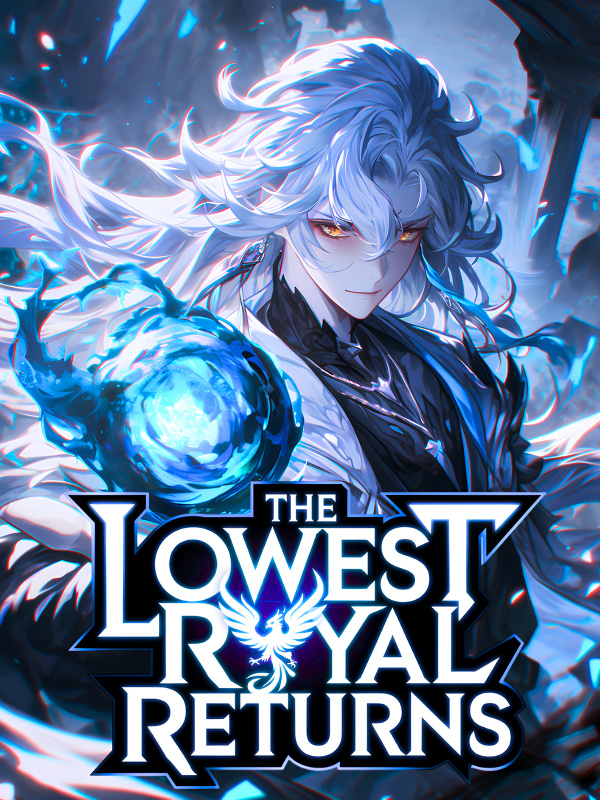Munitions Empire-Chapter 911 - 834 Red Flag
Chapter 911: 834 Red Flag Chapter 911: 834 Red Flag In an era without GPS navigation, the accuracy of missiles could actually be made a little higher. However, such a device was quite expensive and was called the Celestial Navigation System.
This thing could, in the age without satellite positioning navigation, control the attack error of ballistic missiles within 200 meters, which could be called a miracle.
But the price of this thing was also “sky-high”, so the cost of the missiles themselves also rose significantly.
Under normal circumstances, in order to reduce the cost of missiles, manufacturers would not equip insignificant missiles with this precise and expensive guidance system.
The Dongfeng series ballistic missiles of Tang Country, due to the rush of warfare progress, had previously not adopted this new system that was immature and had lagging development progress.
But now, everything had changed.
In the end, the Dongfeng 3 ballistic missile had not been able to be deployed in actual combat before the war ended, so all development speed could be slowed down a bit.
...
Many performance indicators that had been compromised out of necessity were also restored: Tang Country canceled the “1700 kilometers range” requirement tailor-made for the Dahua Empire’s capital.
So the ones that actually began mass production and deployment were the “complete” version with a range of over 2000 kilometers. Such high-range strategic weapons were, of course, also equipped with Celestial Navigation devices.
This was actually a true Dongfeng 3 missile, apart from having a more advanced navigation system, and not having a nuclear warhead installed, there was no difference.
Completely different from the cheap Scud missiles, Tang Country’s Dongfeng 3 missiles, with the technical enhancement from Tang Mo, were truly high-precision and advanced.
Tang Mo hoped that such ballistic missiles, even without the enhancement of a nuclear warhead, would still possess considerable strategic deterrence capability.
And he did achieve it; such new ballistic missiles, already secretly deployed, did not have an attack error exceeding 200 meters even in extreme range conditions.
For city-scale targets, this attack accuracy was already terrifyingly precise: the Scud missiles currently equipped by Tang Country had an attack precision of 300 meters after flying 300 kilometers.
“Have you heard?” In the drafting room, an engineer dressed in work attire had just finished a drawing and looked up to ask his colleague.
There were hardly any secrets here because the area they were in was itself a secret to Tang Country.
These engineers had their own residences, their own life support facilities, their children had their own kindergartens, the factory had hospitals and schools, offering from cradle to grave services.
People living here might not have any interaction with the outside world in their lifetimes, and they were also reluctant to interact: everything here was the best, so why leave?
The colleague next to him curiously looked up, “Heard what?”
The engineer who initiated the conversation hurriedly showed off the gossip he had heard: “Heard that because of the Dragon Island incident, the technical department is ready to launch a new weapon development project.”
“Oh, that matter? I’ve heard about it,” his colleague immediately nodded, this matter was not a secret to them.
The engineer who spoke first continued to reflect, “Half of the entire anti-aircraft weapons technology department have been transferred to the new project’s development, the development of all subsequent models of the 88mm caliber anti-aircraft guns has been canceled…”
His companion also laughed along, “Ha! That’s the new anti-aircraft gun, right? It’s been deployed for less than 1000 units, and they’re preparing to phase it out?”
“Isn’t that so, but the earlier produced 40mm caliber anti-aircraft guns are still being mass-produced, isn’t that interesting?” the first engineer asked while he spread a new drawing on the drafting board.
His companion was also clueless and could only venture a guess, “Who knows what those chief engineers are thinking, who knows why.”
“Let me tell you, the new project code name has just been finalized.” The engineer who spoke first lowered his voice with an air of mystery, boasting of his inside knowledge.
“Code name? What is it called?” the other engineer asked curiously.
The engineer who brought up the topic finally got to the point, proudly announcing, “Red Flag!”
Upon hearing the project code name, the inquiring engineer nodded in approval and said, “Sounds… not bad.”
Indeed, Tang Country was secretly developing a brand-new air defense weapon, the Red Flag 2 anti-aircraft missile. This thing is known as the S-75 in the Soviet Union, with the opponents dubbing it the “Sam 2,” and its appearance is commanding and imposing.
Read latest chapters at freёweɓnovel.com Only.
Though it appeared to be huge, in reality, it was an anti-aircraft missile. The entire system used an early-warning search radar with a theoretical effective range of a staggering 275 kilometers, and it was paired with an altitude-measuring radar that could essentially determine the target’s three-dimensional coordinates.
Different from the previous systems, this one had a new auxiliary radar responsible for target indication and tracking guidance, with an effective range of 65 kilometers.
Moreover, the fire control radar could detect targets beyond 70 kilometers, and the system could automatically track targets up to a distance of 55 kilometers. It employed a mechanical, dual-antenna, and dual-beam scanning method, capable of simultaneously tracking six batches of targets and guiding three missiles to strike a single target.
The entire system was actually quite massive, but its performance was only average. However, it realized many people’s dream: a weapon that would automatically engage distant targets, achieving the feat of destroying them beyond visual range.
Although it could only attack one target at a time, it indeed provided a wider coverage and more precise attack capability than the anti-aircraft gun.
Another piece of good news was that this missile faced a better combat environment than its “true self.” It is worth noting that when the S-2, or the Sam 2 missile, was born, jet fighters had already filled the skies.
But Tang Country was different. What the Tang Country’s anti-aircraft missiles had to deal with were the propeller aircraft from various nations. To put it bluntly, it was an overkill.
As long as the radar locked onto a target, the missile’s chance of hitting it was infinitely close to 100 percent because the target was just too weak.
In terms of cost, using a missile to attack propeller aircraft might even seem like using an anti-aircraft gun to hit a mosquito. It’s possible that the cost of the aircraft was even less than that of Tang Country’s anti-aircraft missile.
Another interesting fact was that because the opponent’s aircraft were so many generations behind, Tang Country’s anti-aircraft missiles developed a bit of a “flaw.”
After all, those other countries’ aircraft were so slow that their propeller planes could fly very low and very slow—yet, Tang Country’s anti-aircraft missiles could only hit mid-to-high altitude targets, leaving them virtually helpless against low-flying aircraft.
This was also a technical shortcoming, as early anti-aircraft missiles had no means to deal with low-altitude targets, and those specialized in low-altitude interception only emerged later.
A second limitation was that the missile’s guidance channel was too narrow, so it couldn’t counter large-scale incursions.
If the enemy deployed 100 aircraft at once to penetrate the defense perimeter, the anti-aircraft missile troops could deal with less than one-fifth of the invading aircraft.
This was because each launch battalion was equipped with six launchers arranged in a hexagonal pattern, allowing them to attack only one target at a time. Deploying dozens of missile battalions simultaneously was virtually impossible.
The missile had a two-stage engine, with the first stage being a solid-fuel booster operating for 4-5 seconds with a diameter of 0.645 meters; the second stage was a nitric acid-kerosene liquid engine that worked for 22 seconds with a diameter of 0.5 meters and a thrust of 2650 kilograms.
Once locked on, it was highly unlikely for the target to escape: although a missile battalion could only lock onto a single target at a time, it could launch a simultaneous attack with up to three missiles, making the interception probability terrifyingly high, albeit at low interception efficiency.
Thus, while researching new missiles, Tang Country’s aircraft development department was also frantically pushing forward, trying desperately to bring out the first generation of jet fighters as soon as possible, to face an almost non-existent “air supremacy crisis.”
Yes, Tang Country was developing the next generation of fighter jets while other nations couldn’t yet produce a single reliable craft capable of contending with the Butcher Fighter.






